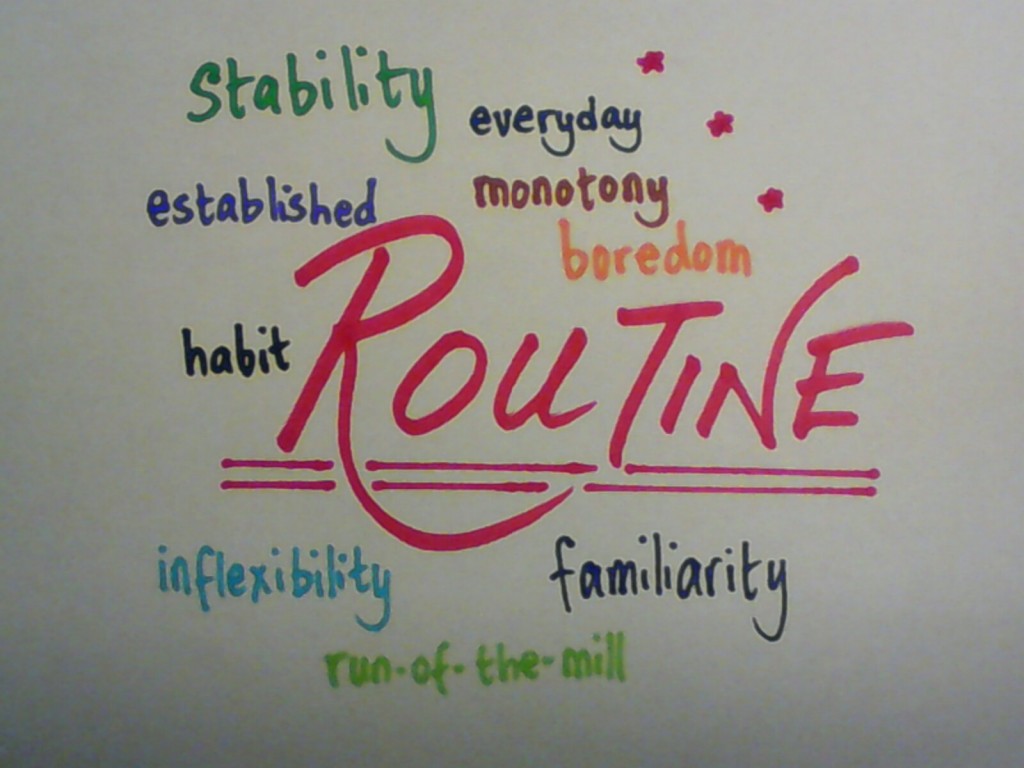Timetable Fit
I’ve just discovered the British Council’s monthly blog topics and, as it’s October 31st and I’m still in time to blog about one of their October topics, here goes:
In the British Council’s new CPD Framework, being able to ‘describe how a lesson is linked to those before and after it’ is one of the elements in planning lessons and courses. Often called ‘timetable fit’, this is covered and expected on most teacher training courses, but it tends to become less thought about in day-to-day teaching. In your planning, how much do you plan for a sequence of lessons and incorporate recycling of previous language or skills into what your learners do?
Firstly, I would say that nowadays and in the short-term, coursebooks do a lot of this work for us. Generally divided into units by topic, each section of the book builds upon itself incorporating new linguistic points and reviewing them through the unit. The teachers’ book often provides a warmer which includes an element of revision from the previous lesson and in Cambridge’s Face to Face series, each double-page spread tends to include a question to review something from the page before.
However, units within a book can frequently be seen as ‘linguistic islands’, with little reference to previous input when we move from one unit to another. This is where it’s important for the teacher to build routines into their lessons which allow the recycling and revision of previous input.
I feel that it can sometimes be more difficult to review language as we work with higher levels where the input becomes much greater and more abstract. For example, with a group of six-year-olds following a more lexis-based syllabus, we can easily review the input by playing games with the accompanying flashcards. Also, grammatical structures with younger learners are more limited so it’s easier to encourage full sentences when working with the lexis.
That said, with older learners and higher levels we can use conversations to review language, for example by having some questions on the board for learners to talk about as they come in, allowing us a moment to monitor and check comprehension and production.


